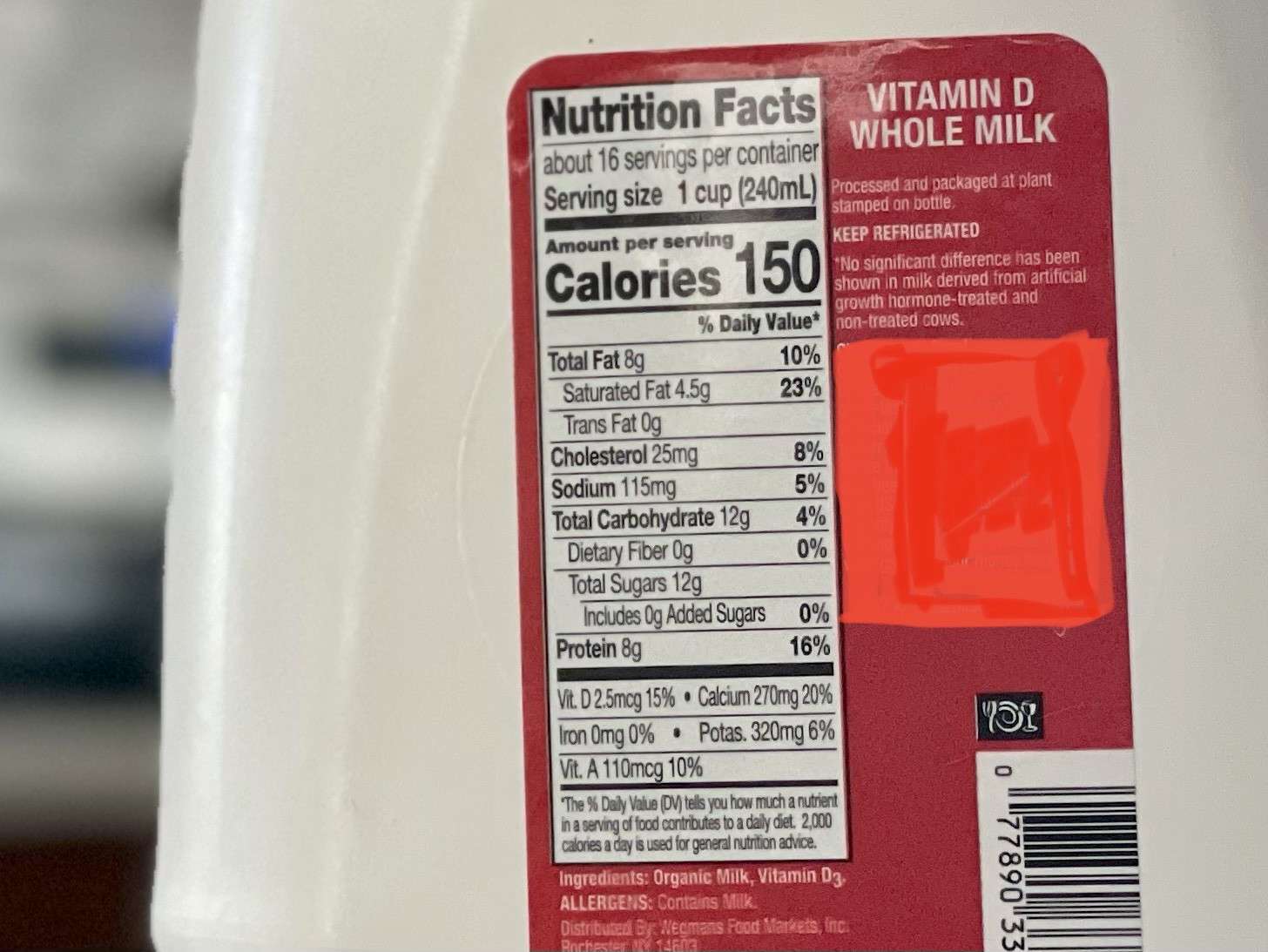
<!–
–>
It is important to learn how to read nutrition labels, especially in this fast-paced world full of numerous food choices.
These labels provide insight into the food’s nutritional makeup, empowering us to make informed and healthful purchasing decisions.
Nutrition labels are informative panels that are typically present on the packaging of the majority of processed food products. Nutrition labels serve as comprehensive sources of important information on the nutritional profile of a product, encompassing crucial details such as caloric content, macronutrient distribution, vitamin and mineral composition, and additional relevant information.
Understanding how to interpret nutrition labels is crucial, especially in today’s fast-paced world with an abundance of food options.
These labels serve as valuable guides, providing detailed information about the nutritional composition of various processed food items. For Kenyans, paying attention to these labels can empower individuals to make informed and health-conscious decisions when it comes to food purchases.
Nutrition labels, commonly found on the packaging of processed foods, offer a comprehensive overview of a product’s nutritional profile. They include essential details such as caloric content, macronutrient distribution, vitamin and mineral composition, and other relevant information.
By delving into these labels, individuals can unravel the complexity of food products and align their choices with specific nutritional requirements and health objectives.
Key Points to Consider:
- Serving Size: Pay attention to the recommended serving size, as it provides the basis for the nutritional information presented. Comparing the serving size with your actual consumption helps you understand the nutrients you’re taking in accurately.
- Calories: Most packaged foods prominently display calorie information per serving, enabling consumers to monitor their energy intake and maintain a healthy diet.
- Macronutrients: Information on carbohydrates, proteins, and lipids is crucial for maintaining a balanced diet. Understanding the unique functions of each macronutrient helps individuals make informed choices about their food consumption.
- Percent Daily Value (%DV): This indicates the contribution of a nutrient in a serving towards daily nutritional requirements. It guides individuals in controlling specific nutrients, such as sodium, added sugars, and saturated fats, while ensuring sufficient intake of vitamins and minerals.
- Nutrients to Limit: Nutrition labels highlight nutrients that should be consumed in moderation, including sodium, added sugars, trans fats, and saturated fats. This information is vital in preventing chronic diseases, and it’s crucial to be mindful of these recommendations.
- Footnote: Often overlooked, the footnote provides context for understanding percent daily values based on a typical 2,000-calorie diet. It adds clarity to the significance of the values presented on the label.
Understanding how to decipher nutrition labels empowers individuals to make intelligent choices aligned with their health goals.
When faced with similar products, developing the habit of comparing labels simplifies decision-making, allowing for choices that are lower in undesired components.
Additionally, being aware that some packages contain more than one serving makes it easier to gauge the nutrient content accurately. By paying attention to nutrition labels, Kenyans can take significant strides toward a healthier and more informed lifestyle.
